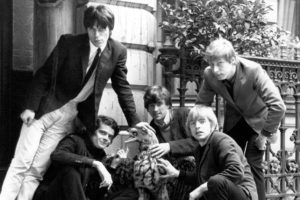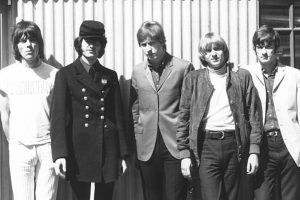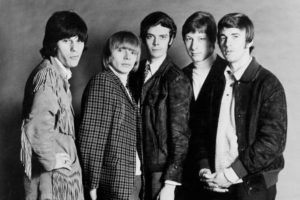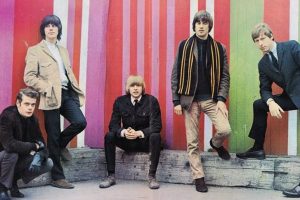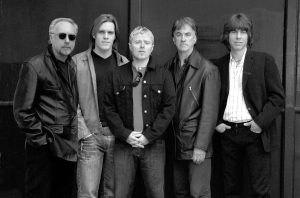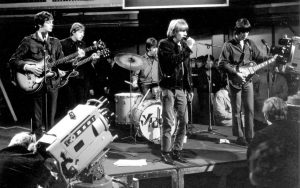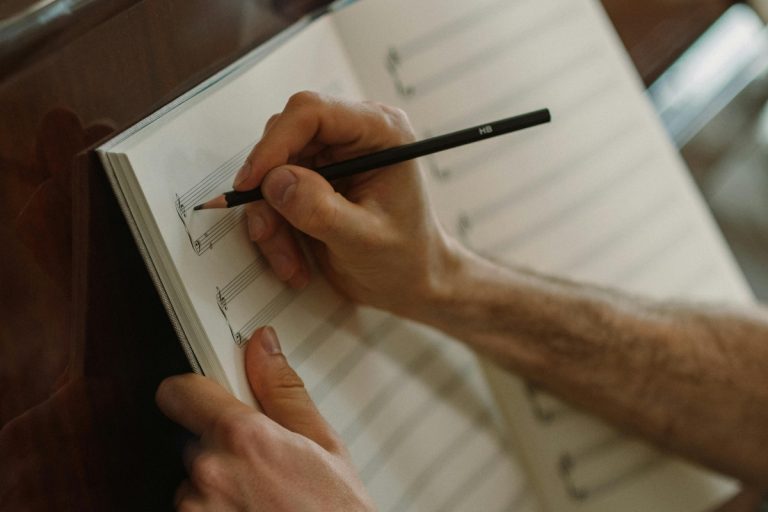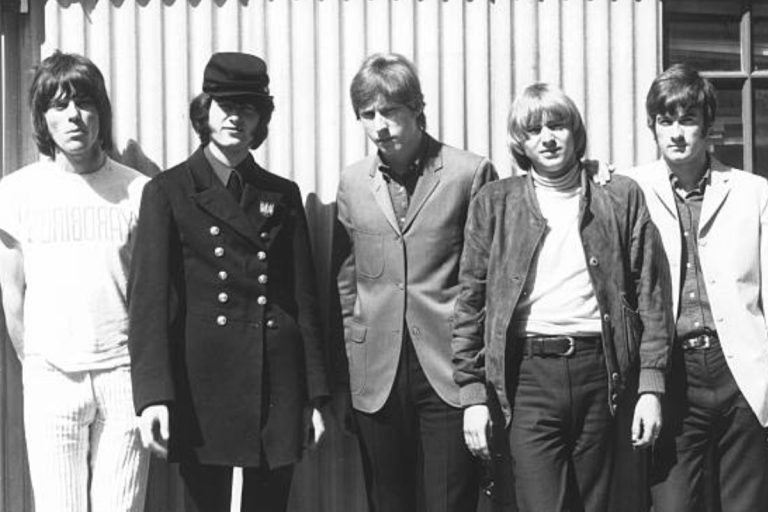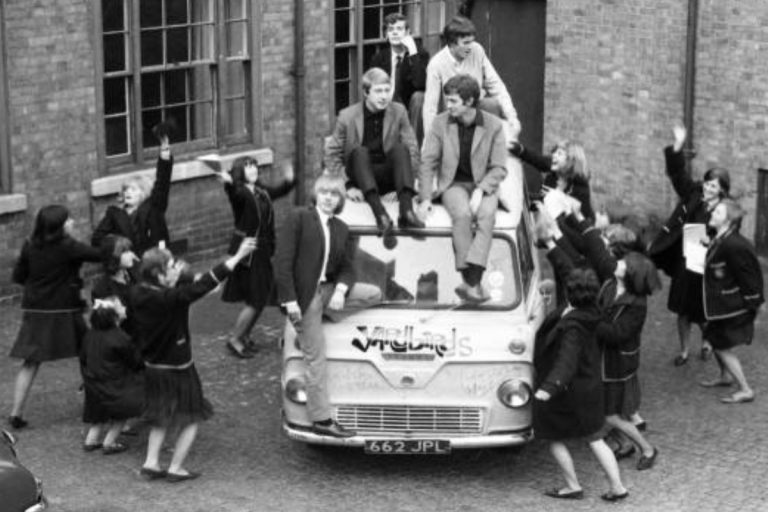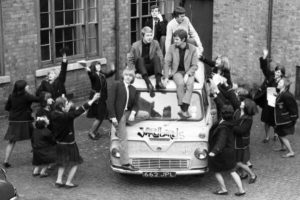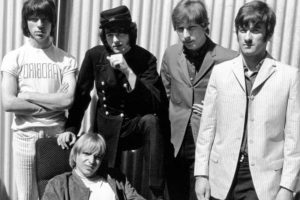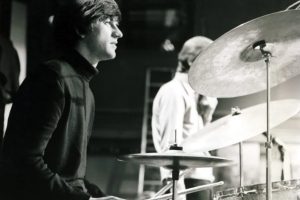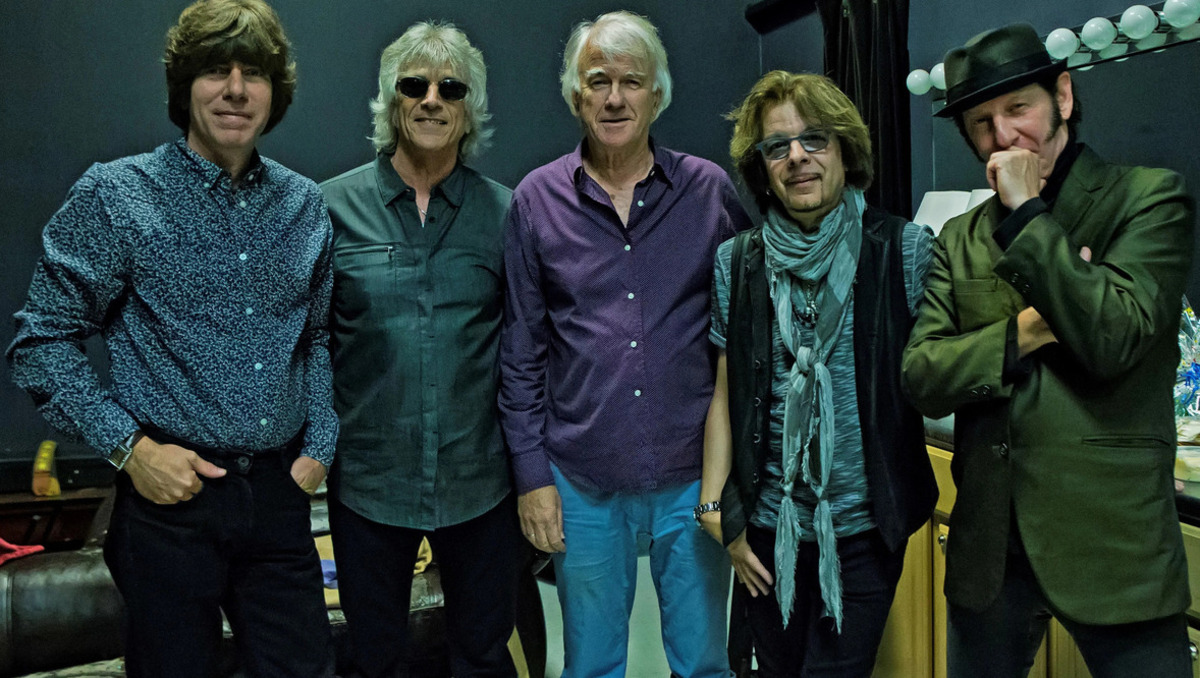
The Yardbirds: Pioneers of Rock Innovation
Few bands can claim the transformative impact on rock music that The Yardbirds achieved during their career. Emerging in the vibrant 1960s British blues and rock scene, they were at the forefront of musical innovation, pioneering sounds and techniques that influenced countless artists and reshaped the genre. From their electrifying live performances to their groundbreaking studio recordings, The Yardbirds consistently pushed the boundaries of what rock music could be.
Their legacy spans decades, encompassing the careers of some of the greatest guitarists of all time and shaping the evolution of modern music. They were a catalyst for change, bridging the gap between traditional blues and the experimental sounds that would define rock’s future. This timeline traces their journey, highlighting their significant milestones, groundbreaking contributions, and enduring impact on rock history, solidifying their place as one of the most influential bands of all time.
Early Days: 1963–1964
Formation and Early Performances
The Yardbirds’ journey began in the early 1960s, a time when Britain was experiencing a blues revival. Drawing inspiration from American blues legends such as Muddy Waters, Howlin’ Wolf, and Sonny Boy Williamson, The Yardbirds sought to emulate the raw energy and emotional depth of these pioneers. Formed in 1963, the band’s original lineup included Keith Relf on vocals and harmonica, Paul Samwell-Smith on bass, Chris Dreja on rhythm guitar, Jim McCarty on drums, and Anthony “Top” Topham on lead guitar. Their chemistry as musicians was undeniable, and it wasn’t long before they began making waves in London’s music scene.
Their breakthrough came when they landed a residency at Richmond’s Crawdaddy Club, a venue that had become synonymous with the British rhythm and blues movement. The Yardbirds replaced The Rolling Stones as the club’s house band, which immediately thrust them into the limelight. Their high-energy performances and distinctive improvisational style—dubbed “rave-ups”—set them apart from other bands. These extended jams showcased their instrumental prowess, particularly Relf’s harmonica skills and Topham’s sharp guitar work.
Despite their growing popularity, the band underwent an early lineup change when Topham departed and was replaced by Eric Clapton. Clapton’s arrival marked a new phase for the group. His exceptional guitar skills, heavily rooted in traditional blues, brought a fresh intensity to their performances. The combination of Clapton’s technical expertise and the band’s raw energy created a sound that resonated with audiences across the country.
First Recordings and Clapton’s Era
In 1964, The Yardbirds released their debut single, “Good Morning Little Schoolgirl,” a cover of the blues standard by Sonny Boy Williamson. While the single didn’t achieve significant commercial success, it hinted at the band’s potential. Their next project, “Five Live Yardbirds,” recorded during a live performance at the Marquee Club, showcased their raw talent. The album’s energy and authenticity captured the essence of their live shows, earning them critical acclaim.
Clapton’s guitar work during this period was a defining feature of The Yardbirds’ sound. Tracks like “Smokestack Lightning” and “I’m a Man” demonstrated his ability to blend technical precision with emotional depth. His commitment to blues purity was both a strength and, later, a point of contention, as the band began exploring more commercial and experimental sounds.
Breakthrough and Lineup Changes: 1965–1966
Clapton Departs, Beck Joins
By 1965, The Yardbirds were gaining significant traction in the music industry. The release of “For Your Love” marked a turning point for the band. Written by Graham Gouldman, the song featured a harpsichord riff and a more polished, radio-friendly style that appealed to a broader audience. It became a commercial success, climbing the charts in both the UK and the US. However, the song’s pop-oriented approach alienated Clapton, who believed the band was straying too far from its blues roots.
Clapton’s departure was a major upheaval for The Yardbirds, but it also presented an opportunity for reinvention. The band recruited Jeff Beck, a guitarist with a reputation for pushing boundaries and experimenting with sound. Beck’s arrival ushered in a new era for the band, characterized by innovation and boldness. His first single with The Yardbirds, “Heart Full of Soul,” demonstrated his ability to blend diverse influences. The song featured a fuzz-toned guitar riff that mimicked the sound of a sitar, reflecting the growing popularity of Eastern music in the West.
Beck’s contributions went beyond his technical skills. He brought a sense of showmanship and unpredictability to the band, often stealing the spotlight during live performances. His experimental approach to guitar playing, which included the use of feedback, distortion, and sustain, was groundbreaking. Tracks like “Evil Hearted You” and “Still I’m Sad” showcased his versatility, ranging from haunting melodies to aggressive riffs.
Psychedelic Era Begins
The Yardbirds were quick to adapt to the changing musical landscape of the mid-1960s. As the psychedelic movement gained momentum, the band began incorporating elements of this genre into their music. “Shapes of Things,” released in 1966, became an anthem of the psychedelic era. Its thought-provoking lyrics and innovative guitar work captured the zeitgeist of the time, earning the band critical and commercial acclaim.
Beck’s guitar solo on “Shapes of Things” was particularly notable for its use of feedback and sustain, techniques that were ahead of their time. The song also marked a shift in the band’s songwriting, with a greater emphasis on experimentation and social commentary. This period saw The Yardbirds pushing the boundaries of rock music, blending traditional blues with avant-garde elements to create a sound that was uniquely their own.
The Jimmy Page Era: 1966–1968
Beck and Page Together
In 1966, The Yardbirds made another bold move by recruiting Jimmy Page, initially as a bassist but later as a lead guitarist alongside Jeff Beck. This dual-guitar lineup was short-lived but immensely impactful. Beck and Page’s chemistry on stage was electric, resulting in performances that were both technically impressive and emotionally charged. Tracks like “Stroll On,” featured in Michelangelo Antonioni’s film Blow-Up, showcased their combined virtuosity and experimental spirit.
However, the collaboration was not without its challenges. Beck’s unpredictable temperament and tensions within the band led to his departure later that year. While his exit marked the end of an era, it also allowed Page to step into a more prominent role.
Final Lineup and Dissolution
Under Page’s leadership, The Yardbirds embraced a heavier, more experimental sound that laid the groundwork for the emergence of hard rock and heavy metal. The release of “Happenings Ten Years Time Ago” exemplified this new direction, featuring cryptic lyrics and complex guitar arrangements. Despite their creative strides, the band faced numerous challenges, including internal discord and declining commercial success.
By 1968, The Yardbirds disbanded, but their legacy was far from over. Page’s next project, initially called the New Yardbirds, eventually evolved into Led Zeppelin. This transition marked the beginning of a new chapter in rock history, one that would build on The Yardbirds’ innovative spirit and push the genre to new heights.
Legacy and Reunions: 1980s–Present
Revival Performances
Though The Yardbirds disbanded in 1968, their story didn’t end there. In the 1980s, original members Jim McCarty and Chris Dreja reunited to perform under The Yardbirds’ name. These revival performances celebrated the band’s legacy, introducing their music to a new generation of fans and reminding older audiences of their enduring brilliance.
The 2000s saw further reincarnations of the band, with musicians like Gypie Mayo and John Idan joining to keep the spirit of The Yardbirds alive. Albums like “Birdland” (2003) featured both re-recordings of classic hits and new material, showcasing their relevance in the modern music landscape.
Lasting Impact
The Yardbirds’ influence on rock music is profound and far-reaching. Their innovative use of guitar effects, pioneering approach to songwriting, and ability to adapt to changing musical trends set a blueprint for future generations. They didn’t just create hits—they created sounds and styles that inspired entire genres.
Moreover, The Yardbirds served as a launchpad for three of the greatest guitarists in history: Eric Clapton, Jeff Beck, and Jimmy Page. Each brought unique contributions to the band, shaping its sound and leaving a lasting legacy. Beyond their technical innovations, The Yardbirds represented the creative spirit of the 1960s, a time when music was a powerful force for cultural and artistic transformation.
Reflecting on The Yardbirds’ Enduring Legacy
The Yardbirds’ timeline is a story of evolution, resilience, and groundbreaking artistry. From their early days as a Crawdaddy Club staple to their role in shaping the sounds of psychedelia and hard rock, their journey is a testament to their vision and talent. They were not merely a band of their time—they were a band for all time, transcending their era to leave a lasting imprint on the evolution of music.
Their music remains a touchstone for fans and musicians alike, a reminder of what happens when innovation meets passion. Their willingness to push boundaries and redefine the possibilities of sound has inspired countless artists across genres. Revisiting their milestones is more than a look back; it’s a celebration of their enduring impact on music and culture—a legacy that continues to resonate with new generations and reinforces their place among the legends of rock history.
